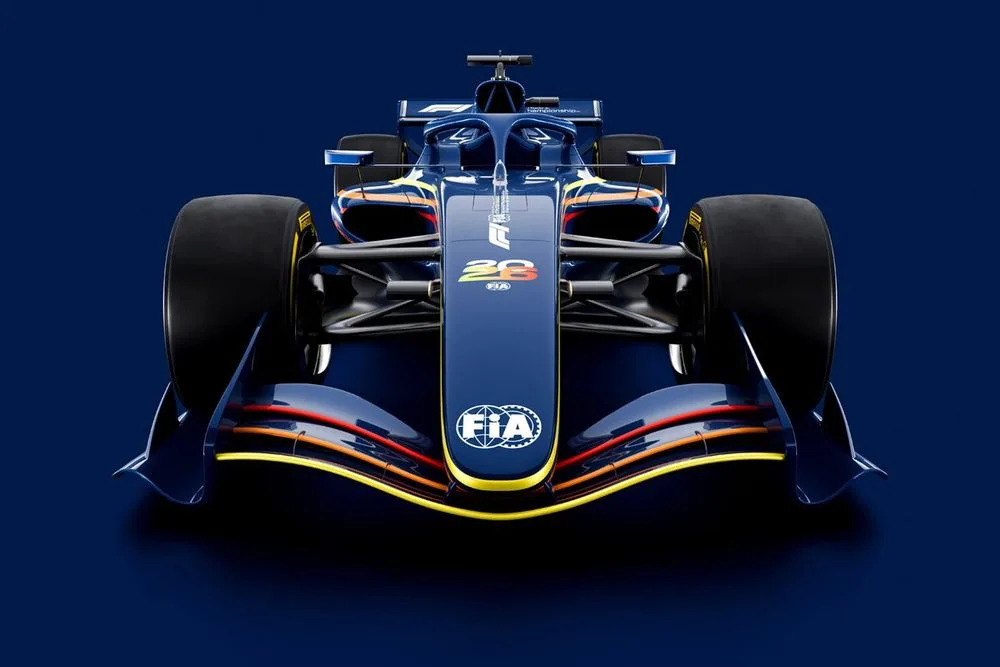Since ground-effect cars returned from the start of 2022, Formula 1 engineers have faced big headaches in working out ways to get the most performance from them.
In particular, the difficulty has been in managing the compromise between the aero and mechanical platforms, with the cars liking to run super close to the ground because that is where they produce the most downforce.
The challenge is made even harder because of the phenomenon of porpoising, where the car bounces up and down as it gains and loses downforce.
At the start of this year, Mercedes technical director James Allison believed that F1 had suffered because of the nature of this generation of cars.
“I’m sure I bang on about this because it’s been a bugbear of mine, but I personally don’t think it’s a great thing,” he said.
“I don’t think it’s good having the cars operating, when they leave the garage, with that much space [signalling a few millimetres with his fingers] to the ground.”
But as work has advanced on new regulations for 2026, with their latest version signed off at the FIA’s World Motor Sport Council last week, one characteristic change that has emerged is that the cars should not have to run so close to the ground.
F1 2026 FIA car renders
Photo by: FIA
The FIA’s head of single-seater matters Nikolas Tombazis said: “It is much less of a Venturi effect than the current generation.
“The main driving force for that is we wanted to have cars that are not quite running as close to the ground as current cars, so maybe we try to relax a bit that aerodynamic mechanism.”
Allison had suggested that places like Austin, where the demands of the car stretch across a wide spectrum of the speed range, were especially difficult when the cars needed to be so low all the time.
“[Under the old rule set] you could have a car that was a little bit more one-dimensional at tracks that are a bit more one-dimensional,” he said.
“So if there isn’t a big speed range, then you could maybe set your car up such that the corners coincide with where your good bit is, and you don’t suffer horribly for it dropping away either side.
“But when you go to a place that’s a bit more of a broad test of a car, like Austin for example, where you’ve got real fast stuff, some slow stuff, and some in-between stuff, and some decent straights, and some bumps, then that’s going to test the bit where it’s falling off the back end of the…
Click Here to Read the Full Original Article at Motorsport.com – Formula 1 – Stories…

